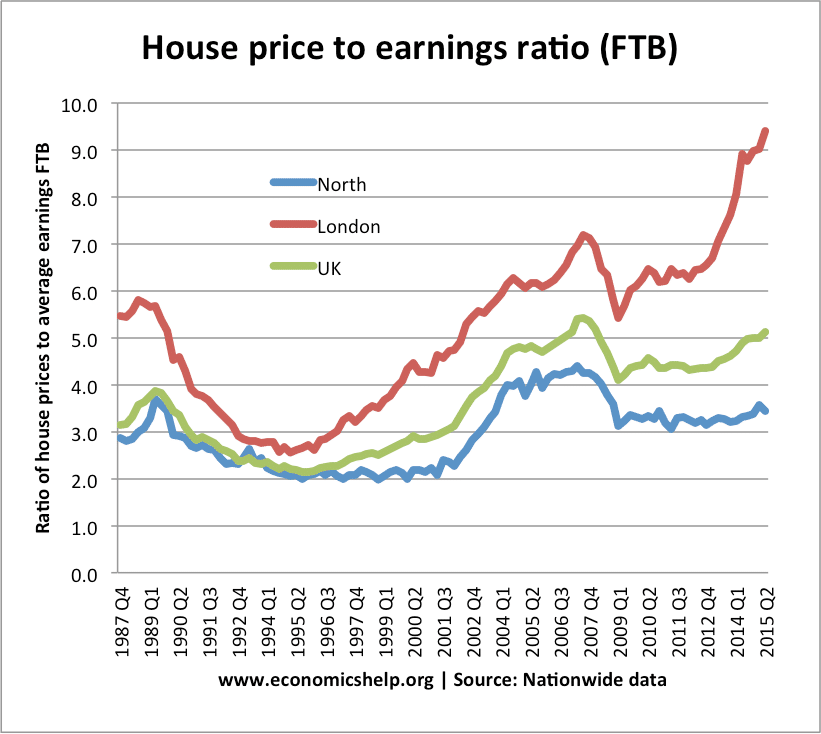Politics of Architecture
Politics of Architecture
No matter what people say, architecture and the ideas behind architecture is political, much like everything else in life which creates opposition. Politics is the concept of how groups interact with each other and their surroundings . You will always find someone who does not believe that what you are doing is correct, and a debate is formed on what will be the best outcome (not always for the better though). The formation of sides and groups, from architecture to what your group will get for lunch, are microcosms of the concept of politics.
"Architecture is a political act, by nature. It has to do with the relationships between people and how they decide to change their conditions of living."
- Lebbeus Woods
The professional structure of architecture is political. Take this image of a RIBA ( Royal Institute of British Architects) meeting.
There are no women or people of colour present and it is mostly middle age to old white men. Women were first admitted into the institute in 1898, but it wasn't until 2009 (111 years later) for the first female president of RIBA, Ruth Reed to be elected. To put that into context, from women getting to political vote, it took 51 years to elect a female PM in Margaret Thatcher in 1979. For what is considered a more difficult position to get into (PM), to elect a female leader before RIBA is truly a shocking revelation.
For more shocking figures, according to the AJ100 the number of BAME (Black, Asian and minority Ethnic) architects has dropped from 12 to 11 percent.
This now leads onto the idea of politics and division. The idea of modern politics is to divide the people enough so that it is easier to gain support. People would be more patriotic to a cause if they believe in a concept of 'them and us'. Votes are called divisions and the spacial arrangement is divisive. Compare this to parliaments like the European parliament which is arranged in a circle to depict a more collaborative and less confrontational parliament.
Politics also expands to economy. Our economic model is based upon a concept of ever increasing economic growth. This is a concept that constantly requires more stuff which creates more waste, an example of this is Malaysia or Dubai. This has lead to a climate crisis of which economic growth has a lot to answer or. This economic growth has lead to an increase in population and in turn a bigger need for housing. This is where architecture comes in. This increase in population has brought in a greater need for architects, who design buildings for those who will buy them. But what is the architect of the homeless? and the answer to that is there is none.
House prices are rising dramatically compared to the salaries of people, which is causing the increase in homelessness. For example, London house prices in 2009 were on average £275,000, but by 2019 it was around £460,000. This growth is not sustainable and will lead to ever increasing numbers of homelessness. Architects must realise that it is their duty to make their structures more sustainable and more cost effective to try and counteract this issue. For both the good of others and also in a more selfish note, to sustain their own careers.

So what of hope? There is hope, in the younger generations there is a mass mobilisation of climate justice and the need for political change. Architecture must see this and embrace the concept of change if they really do care about this planet and the people on it.
In our discipline we see the emergence of radical architecture already. This architectural activism, is gaining momentum through the organisation architecture without boarders and more specifically, in the UK RIBA has established its architects for change advisory group. It's all well and good establishing groups and organisations but we must all do our part to make the changes we want. Which is summed up in this quote.
"You must be the change you want to see in the world"
- Mahatma Ghandi

Comments
Post a Comment